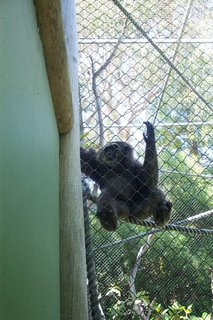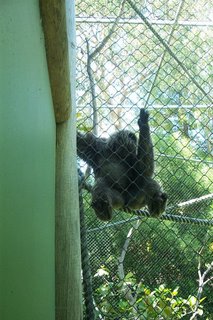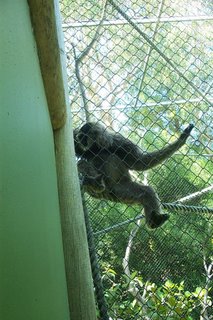Slender-Tailed Meerkat (Suricata suricatta)
Slender-Tailed Meerkat (Suricata suricatta)
Meerkats wake at sunrise and use their flat chests as a solar panel to warm their bodies.
 Slender-Tailed Meerkat (Suricata suricatta)
Slender-Tailed Meerkat (Suricata suricatta)Once warm, they spend most of the day foraging for food. As the sun goes down meerkats return to their burrow and keep warm by sleeping in a group.
 Slender-Tailed Meerkat (Suricata suricatta)
Slender-Tailed Meerkat (Suricata suricatta)Meerkats take turns as a lookout sentry, usually on top of a rock or termite mound. Short cheeps aindicate safety, while sharp barks warn of an approaching predator.
 Slender-Tailed Meerkat (Suricata suricatta)
Slender-Tailed Meerkat (Suricata suricatta)When threatened, meerkats either run for the safety of a burrow, or band together, hissing an djumping as a group in an effort to intimidate the predator.






